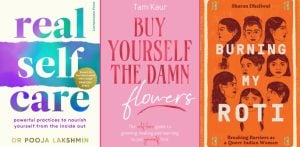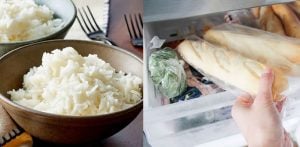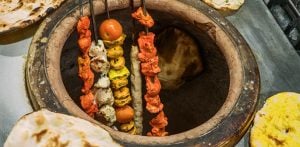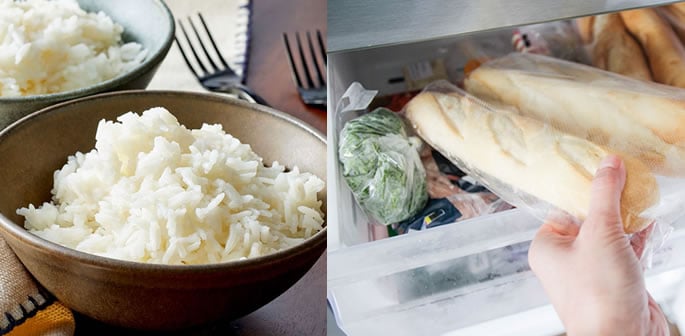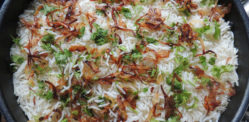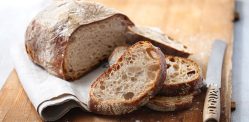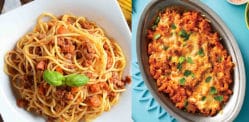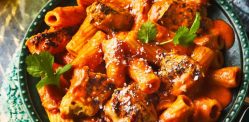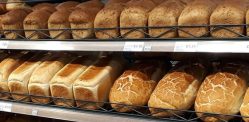The magic happens when these foods are allowed to cool.
What if the secret to better health wasn’t a new-age superfood, but a simple technique already within your culinary repertoire?
Imagine unlocking significant health benefits merely by changing how you prepare your everyday staples.
For many, especially within the South Asian community, where rice and bread form the heart of daily meals, the simple act of cooling cooked carbohydrates or freezing bread before eating can revolutionise their nutritional impact.
This is not kitchen folklore; it is a scientifically-backed approach to wellness that can help you manage blood sugar, support weight goals, and improve your gut health from the comfort of your own home.
By making these small adjustments, we can fundamentally alter how our bodies process these beloved foods for the better.
Unlocking Resistant Starch

At the core of this remarkable health hack is a powerful nutrient known as resistant starch.
True to its name, this type of starch ‘resists’ digestion in the upper part of your gut.
Instead of being broken down quickly, it travels to the large intestine, where it functions as a prebiotic, nourishing the beneficial bacteria that reside there.
When we cook starchy foods like rice, pasta, and potatoes, the heat triggers a process called gelatinisation, causing the starch granules to swell and making them easy to digest.
This leads to a swift release of glucose into the bloodstream.
The magic happens when these foods are allowed to cool.
During the cooling process, the starch molecules undergo a transformation called retrogradation, reorganising themselves into a new, more compact structure.
This new formation is what our digestive enzymes find difficult to break down, thus making the starch ‘resistant’.
What’s even more compelling is that a significant portion of this beneficial resistant starch remains even if you reheat the food.
One study highlighted that cooking, cooling, and then reheating pasta led to the most stable blood sugar response when compared to eating it freshly cooked or simply cooled.
This means you can still enjoy a warm, comforting meal while reaping the considerable rewards of resistant starch.
What are the Benefits?

The health implications of incorporating more resistant starch into your diet are profound, especially for managing conditions like type 2 diabetes, which is particularly prevalent among South Asians.
The benefits can be seen across three key areas of our wellbeing.
Firstly, it leads to better blood sugar control. Since resistant starch is not readily converted into glucose in the small intestine, it prevents the sharp blood sugar spikes typically associated with consuming freshly cooked carbohydrates.
This is a big advantage for anyone with diabetes or pre-diabetes, as it can help improve overall glycaemic control.
As health bodies like Diabetes UK note: “For many people with type 2 diabetes, following a low or lower-carb diet has helped them to lose weight and manage their diabetes, including lowering their HbA1c, cholesterol and blood pressure.”
Utilising resistant starch is a natural and effective way to lower the carbohydrate impact of your meals without drastic dietary changes.
Secondly, resistant starch is a powerful ally for weight management. It enhances the feeling of fullness, or satiety, which can help you eat less and reduce your overall calorie intake throughout the day.
Furthermore, resistant starch itself contains fewer calories than regular starch, contributing to a healthier energy balance.
Finally, a happy and healthy gut is foundational to our overall health. Your gut is a complex ecosystem teeming with trillions of bacteria, and nurturing them is vital.
Resistant starch serves as a prebiotic, providing essential fuel for these beneficial microbes.
As they ferment the resistant starch, they produce short-chain fatty acids.
These compounds offer a wealth of benefits, including reducing inflammation, strengthening the gut wall to prevent toxins from entering the bloodstream, and potentially protecting against certain chronic diseases.
Putting into Practice
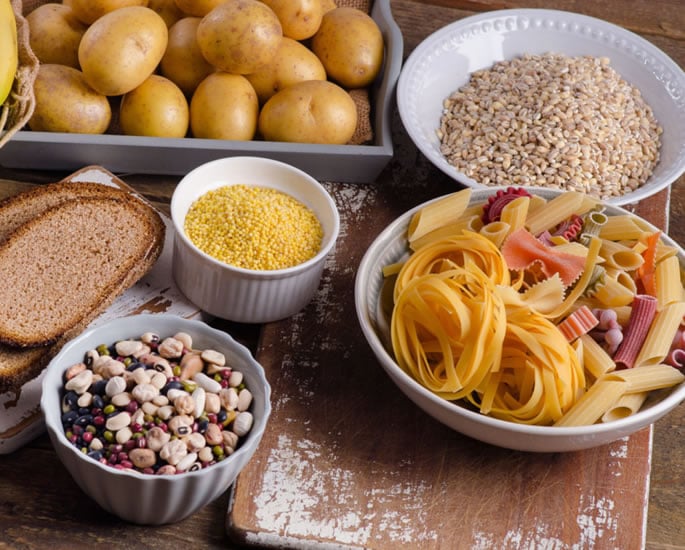
Putting this powerful science into practice in your daily routine is surprisingly simple. You can begin boosting the resistant starch content of your favourite foods with just a few easy steps.
After cooking rice, allow it to cool completely before eating.
It can be enjoyed cold in a salad or stored in the fridge for up to a day. Reheating it will not erase all the benefits you’ve created.
The same principle applies to pasta; cook it, drain it, and let it cool. This makes it perfect for a nutritious pasta salad, or you can reheat it for a warm dish while still enjoying a gentler blood sugar response.
Boiled potatoes are another excellent source of resistant starch once they have cooled, making a traditional potato salad a healthy choice.
For bread lovers, the freezer is your best friend.
Freezing a loaf of bread and then toasting slices directly from frozen has been shown to lower its glycaemic index, making your morning toast a smarter start to the day.
Even breakfast can be optimised.
Overnight oats, made by soaking rolled oats in milk or yoghurt and leaving them in the fridge, are a fantastic way to incorporate resistant starch into your first meal of the day.
How to Have a Healthier South Asian Plate
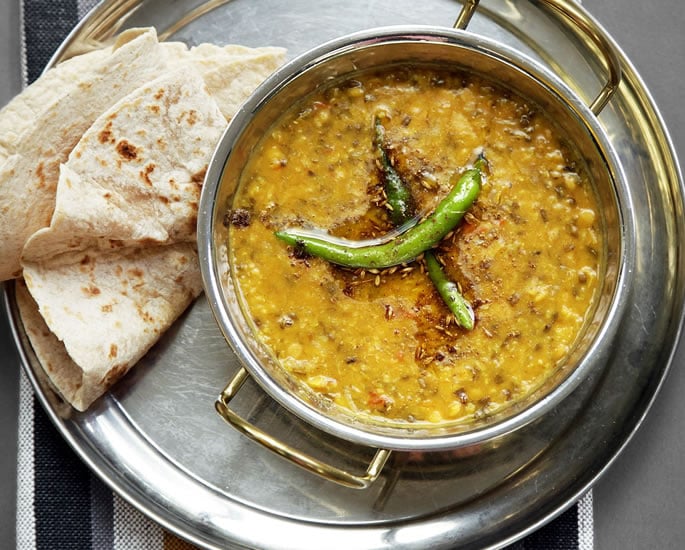
For the South Asian community, where rice, roti, and other carbohydrates are dietary cornerstones, these simple modifications can be truly transformative.
The traditional South Asian diet, already rich in vegetables, lentils, and spices, becomes even more powerful when its carbohydrate element is optimised.
Dietician Anjanee Kohli advises being mindful of such ingredients and preparation methods.
She said: “The energy content of these dishes is dependent on their preparation, and additions such as ghee or butter can increase the energy density of the dish.”
Being mindful of these additions is key.
Choosing to grill food instead of frying, and bulking up curries with extra vegetables, beans, and pulses are excellent ways to enhance the nutritional profile of your meals, complementing the benefits of resistant starch.
The science is becoming increasingly clear: the way we prepare our food can be as crucial as the ingredients themselves.
By embracing the simple techniques of cooling, freezing, and reheating our starchy staples, we can unlock the power of resistant starch and take a proactive, meaningful step towards a healthier life.
This is a sustainable lifestyle change that can be easily integrated into any kitchen, fitting seamlessly into cultural and personal food preferences.
It serves as a potent reminder that sometimes, the most profound health discoveries are the ones that have been hiding in plain sight.
The next time you cook a batch of rice or pasta, consider making extra to cool and store.
Your body will undoubtedly thank you for it.





